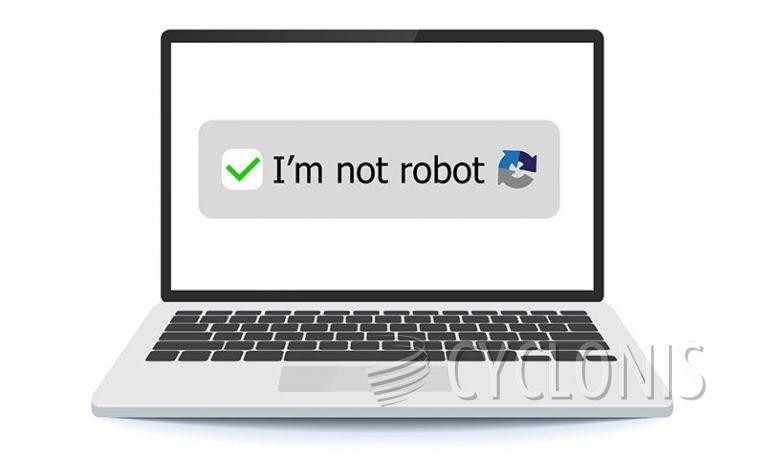Exuarles.com Attempts the Old Fake Bot Check Trick

Exuarles.com employs deceptive tactics to manipulate users into granting permission for push notifications, which results in an influx of disruptive advertisements. This website utilizes fabricated browser errors that coerce users into clicking "Allow Notifications" to resolve the purported issues. Should users comply, Exuarles.com inundates their systems with intrusive pop-up ads, even when their browser is not in use.
Exuarles.com is an unscrupulous website that takes advantage of browser push notifications to flood users with bothersome spam ads. It belongs to the category of potentially unwanted programs (PUPs) and browser hijackers.
The website operates by luring visitors into enabling push notifications through the presentation of counterfeit system alerts and warnings. For instance, it may present a bogus notification claiming that the user's browser is "out of date" and that they need to click "allow notifications" to perform an update.
However, granting notification permissions does not result in any browser updates. Instead, it grants Exuarles.com the authority to send push notification spam directly to the user's computer or mobile device.
By employing this deceptive strategy, Exuarles.com can bypass conventional browser pop-up blockers and inundate devices with system-wide spam notifications. These intrusive pop-ups can be challenging to close, and some may employ alarming language to entice users to click through, potentially leading to the installation of malware.
How Do Misleading Websites Abuse Push Notifications to Spam Ads?
Misleading websites abuse push notifications to spam ads by deceiving users into allowing these notifications, often using deceptive tactics and fake messages. Here's how this abuse typically occurs:
- Deceptive Website: Misleading websites often have content or offers that lure visitors with promises of valuable information, downloads, or services. These websites are designed to look genuine and trustworthy.
- Fake Error Messages: These websites use fake error messages, alerts, or warnings to create a sense of urgency or concern for the visitor. For example, they may display messages like "Your software is out of date" or "Your device is infected with a virus."
- Instructions to Enable Notifications: To address the supposed issue or access the content, the fake message instructs users to click the "Allow Notifications" button. Visitors are led to believe that enabling notifications is necessary to proceed.
- Permission Granted: When users click "Allow Notifications," they unwittingly grant permission for the website to send push notifications to their device.
- Spam Ads: Once permission is granted, the misleading website starts to send a barrage of push notifications containing spammy advertisements. These notifications can appear even when the user's browser is closed, disrupting their online experience.
- Difficult to Disable: These notifications can be intrusive and challenging to disable or dismiss, making them particularly annoying for users.
- Misleading Content: The ads delivered via push notifications often lead users to click on links that can take them to dubious websites, phishing pages, or pages containing potentially harmful content. Users may be tricked into downloading malware or disclosing personal information.








